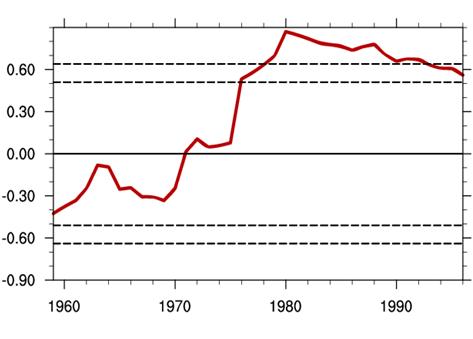The frequent summer floods in East Asia brings great loss to industrial and agricultural production as well as the lives of the people in China. For example, the 1998 flood in the Yangtze River basin made millions of the people displaced. After years of studies, it is found that tropical ocean SST anomalies is closely related to the disasters. However, the relationships are unstable, limiting the improvement of the prediction.
Huang Gang, researcher in Institute of Atmospheric Physics, Chinese Academy of Sciences, and his team found that the influence of the tropical Indian Ocean on the East Asian summer climate is significantly enhanced in the last 30 years. The intensifying SST variability of the tropical Indian Ocean in the past 30 years more easily excites atmospheric response, propogates to East Asia and causes precipitation and temperature anomalies in summer via waves. In the traditional forecast technique, the role of tropical Indian Ocean is usually underestimated. Their studies show that in recent decades the tropical Indian Ocean may play a more important role in East Asia climate. It provides new facts and theoretical foundation to the improvement of the East Asian summer climate prediction.
The results are published in a famous science jounal--Journal of Climate in 2010, was highly appreciated by domestic and foreign scholars and has been cited by 20 times.

Fig. the 15 year sliding correlation coefficients between summertime tropical Indian Ocean SST and the anticyclone over the Northwestern Pacific
